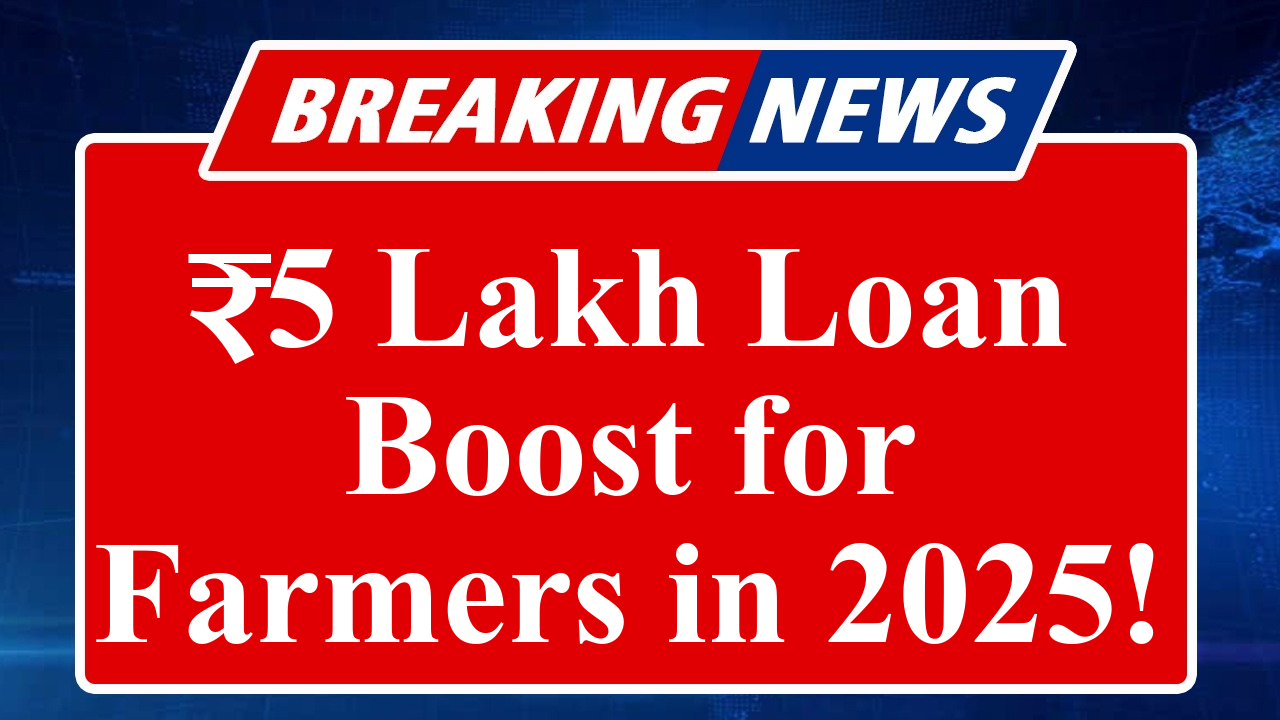The Mukhyamantri Kisan Credit Card Scheme 2025 aims to bolster farmers’ financial security by providing affordable credit up to ₹5 lakh for agricultural needs. Launched across multiple states, it offers low-interest loans, flexible repayment, and digital tracking via the Kisan Rin Portal. The scheme supports small and marginal farmers, ensuring timely access to funds for seeds, fertilizers, and equipment.
Mukhyamantri Kisan Credit Card Scheme 2025: A Lifeline for Farmers
The Mukhyamantri Kisan Credit Card (KCC) Scheme 2025 has emerged as a cornerstone initiative to support India’s agricultural community, addressing the financial challenges faced by farmers. Building on the success of the central government’s Kisan Credit Card program, several states have introduced their tailored versions under the “Mukhyamantri” banner to provide localized, farmer-centric solutions. As of June 2025, states like Uttar Pradesh, Madhya Pradesh, and Haryana have rolled out enhanced versions of the scheme, with a focus on increasing credit limits and streamlining access.
The scheme offers short-term loans up to ₹5 lakh, a significant increase from the previous ₹3 lakh cap, as announced by the Union Finance Minister in February 2025. This enhancement, supported by the Modified Interest Subvention Scheme (MISS), provides a 1.5% interest subsidy to banks, ensuring farmers access loans at affordable rates, typically around 4-7% per annum. The loans cover essential agricultural expenses such as seeds, fertilizers, pesticides, and equipment, as well as allied activities like animal husbandry and fisheries.
A key feature of the 2025 scheme is its integration with digital platforms. The Kisan Rin Portal (KRP), launched by the central government, enables real-time tracking of loan applications and interest subvention claims. Farmers can apply online through state-specific agriculture portals or offline at Common Service Centres (CSCs), making the process accessible even in rural areas. To qualify, farmers must link their Aadhaar details, complete e-KYC, and verify land records, ensuring transparency and reducing delays.
States like Uttar Pradesh have introduced additional benefits, such as loan waivers for farmers affected by natural calamities like floods or droughts. The Kisan Karj Mafi List 2025, released in June, includes names of eligible farmers whose loans under the KCC scheme are waived, offering relief to those unable to repay due to unforeseen circumstances. This initiative has been hailed as a game-changer, with farmers in Bihar and Rajasthan also reporting improved access to credit.
The scheme targets small and marginal farmers, who constitute over 80% of India’s agricultural workforce. By providing a revolving credit limit, it ensures farmers can access funds as needed without repeated loan applications. Unlike commercial loans, the KCC scheme offers flexible repayment schedules aligned with harvest cycles, reducing financial stress. As of June 2025, over 11 crore farmers are registered under various KCC programs nationwide, with states reporting a surge in applications following the credit limit increase.
However, challenges remain. Farmers must ensure their e-KYC and bank details are updated to avoid delays in loan disbursal. In some regions, lack of awareness and limited access to digital infrastructure have hindered participation. State governments are addressing this through awareness campaigns and mobile CSC units, particularly in remote areas. The scheme’s success hinges on effective implementation, with officials urging farmers to verify eligibility criteria, excluding those paying income tax or employed in government roles.
Disclaimer: This article is based on information from government announcements, news reports, and agricultural portals as of June 12, 2025. Readers are advised to verify details through official sources like state agriculture websites or pmkisan.gov.in for the latest updates.

